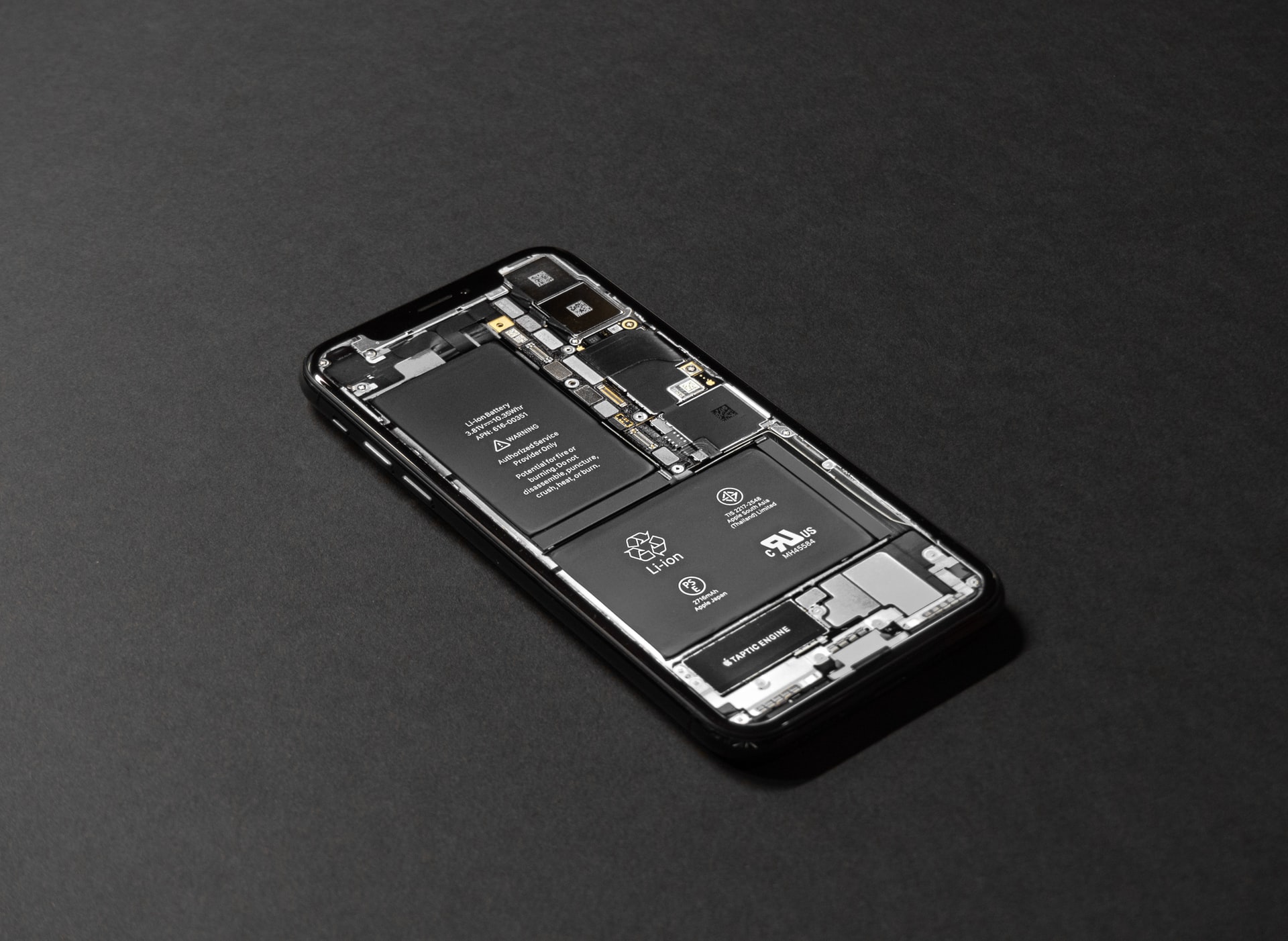
Summary
Goals
Approach
Result
Lessons
The ECN research center wanted to create a device that could be used to produce flexible solar cells.
A device was created that could vaporize silicon onto solar cells. Silicon the main component of solar cells.
Unfortunately, the density of the silicon could not be increased, so not enough electricity could be produced to make the device a commercial success. As a result, the large machine lay idle in a shed near Eindhoven Airport. Fifteen years later, Christian Rood happened to come across the machine and immediately saw potential in it. Silicon was not yet suitable for use in the batteries of smartphones and electric cars, even though it can store a lot of energy. What makes the solar cell machine so useful is that normally silicon swells as soon as ions are supplied, thus damaging the device. The batteries can store up to 70 percent more per instant. The solar cell machine makes silicon into porous layers, allowing room for the swelling. The machine may not have been suitable for solar cell production, but it was for the battery industry.
Using a device, the ECN research center wanted to produce solar cells. The device could vaporize silicon onto solar cells, but unfortunately not with a density of the silicon that was high enough. As a result, the device lay gathering dust, until Christian Rood came across it and saw how useful the device could be for producing batteries.

Comments (0)